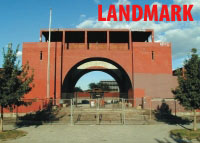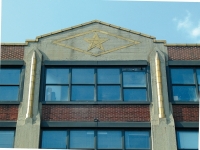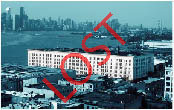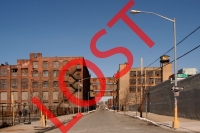Domino - A Guide
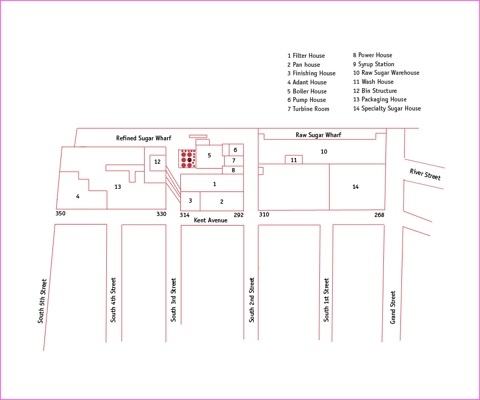
Domino Refinery Site Plan: 2004 (click to enlarge)
With Domino in the news in a big way now, there is a lot of confusion about what is what. Almost two years ago, WPA prepared a detailed description of the Domino site and its history, which you can see here. For a little orientation, we are reprinting here the map we first published in that earlier piece.
The Landmarks Commission has proposed to designate the Processing House, which is the main building in the complex. Dating to 1883, and designed by Theodore A. Havemeyer, the Processing House contains three separate functions - in reality, three separate buildings. These are the Filter House (#1 on the map, above), where the sugar cane was processed into a syrup; the Pan House (#2), where the syrup was distilled into powder form; and the Finishing House (#3), where the sugar was graded and prepared for packaging.
In addition to the Processing House, there are two other structures that date to 1883, and were also designed by Theodore A. Havemeyer. These are the Adant House (#4), at the corner of South 6th and Kent Avenue, where sugar was processed into cubes (Gustav Adant patented an early process for manufacturing sugar cubes); and the Power House (#8), a two-story structure immediately west of the Processing House. WPA is asking that the Landmarks Commission look at these two buildings in addition to the main Processing House. Community Preservation Corporation, the owner and developer of the site, has said quite clearly that they support the designation of the Processing House, but nothing more. While WPA appreciates CPC's position, we believe that both the Adant House and the Power House could be preserved and incorporated into CPC's overall plans for the site without impacting the developer's stated goals of providing housing, affordable housing and open space. Quite the contrary, WPA believes that incorporating these buildings into the design would enhance the overall project.
The Domino site continued to develop well beyond the 19th Century - it did not cease operations as a sugar refinery until the 21st century. During the 20th century, Domino undertook two major building campaigns. The first was in the 1920s to early 1930s. It was at this time that most of the buildings to west of the Processing House were constructed, including the large gambrel-roofed Boiler House (#5), which now blocks much of the western facade of the Processing House, and almost completely engulfs the Power House. The Raw Sugar Warehouse (#10), a handsome two-story brick building at the north end of the site was also constructed at this time. The second building campaign was undertaken in the 1950s and early 1960s. Most of the southern portion of the site was redeveloped at this time, and many buildings dating to 1883 were demolished at this time. It was at this time that the Bin Structure (#12), the tall concrete silo building with the glass crown and the neon Domino Sugars sign, was constructed,
